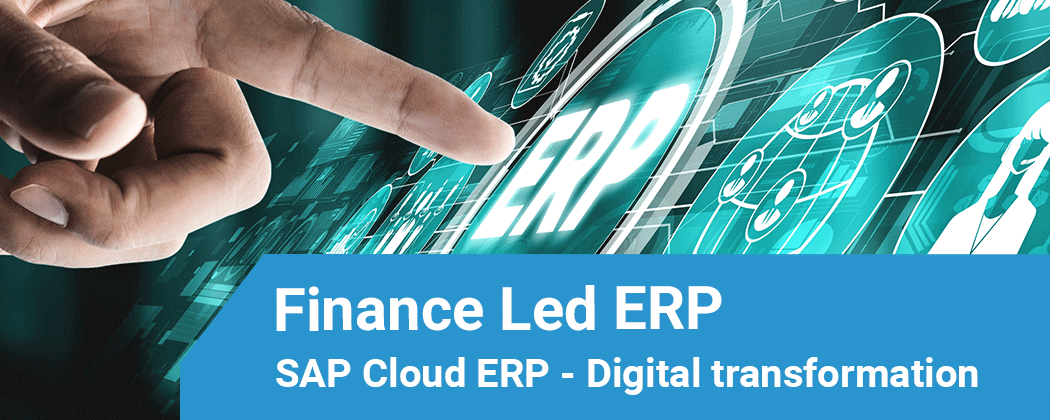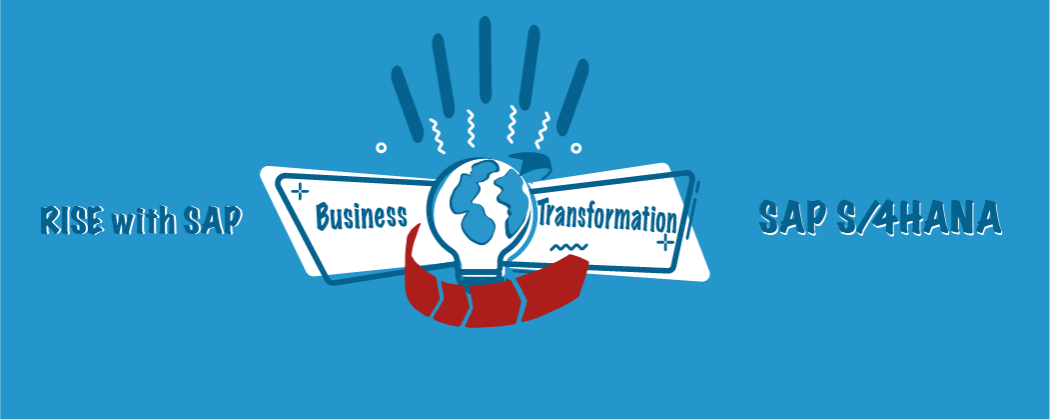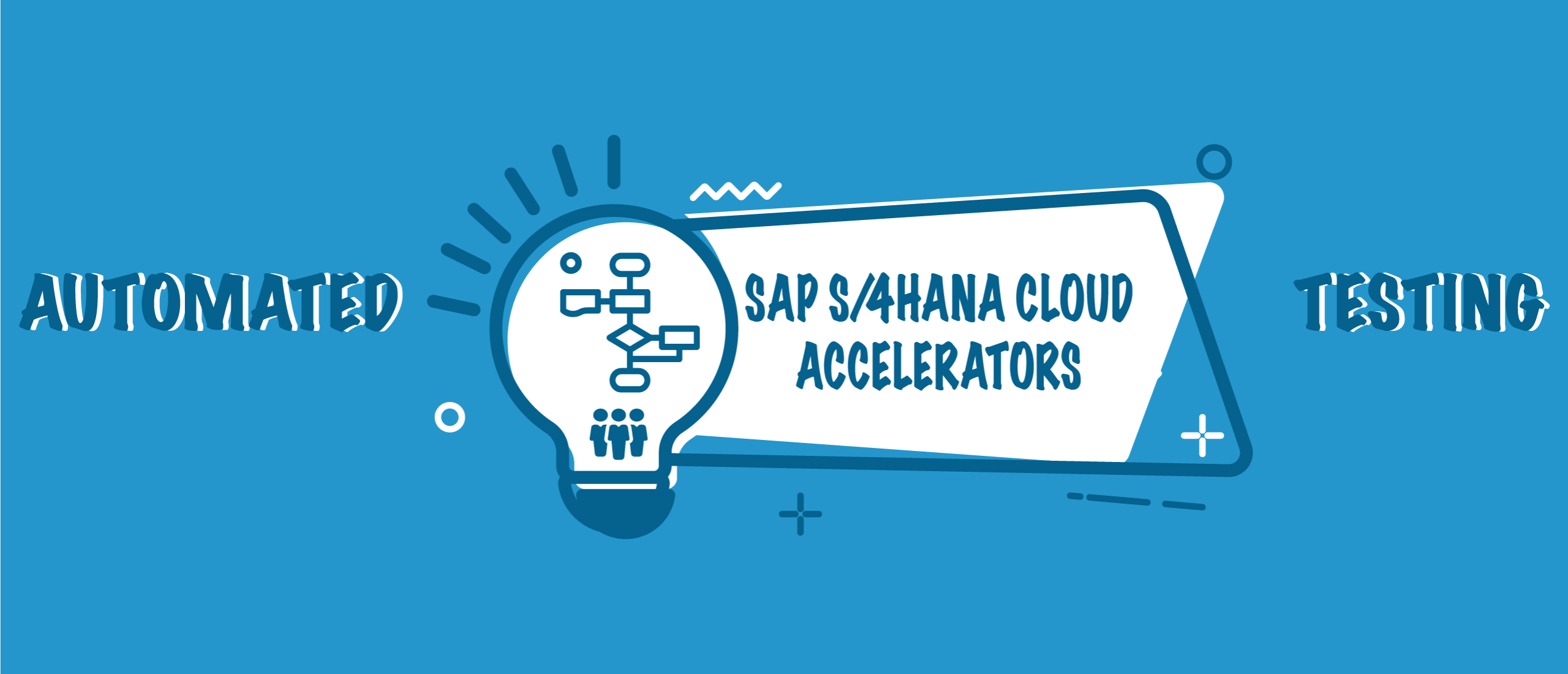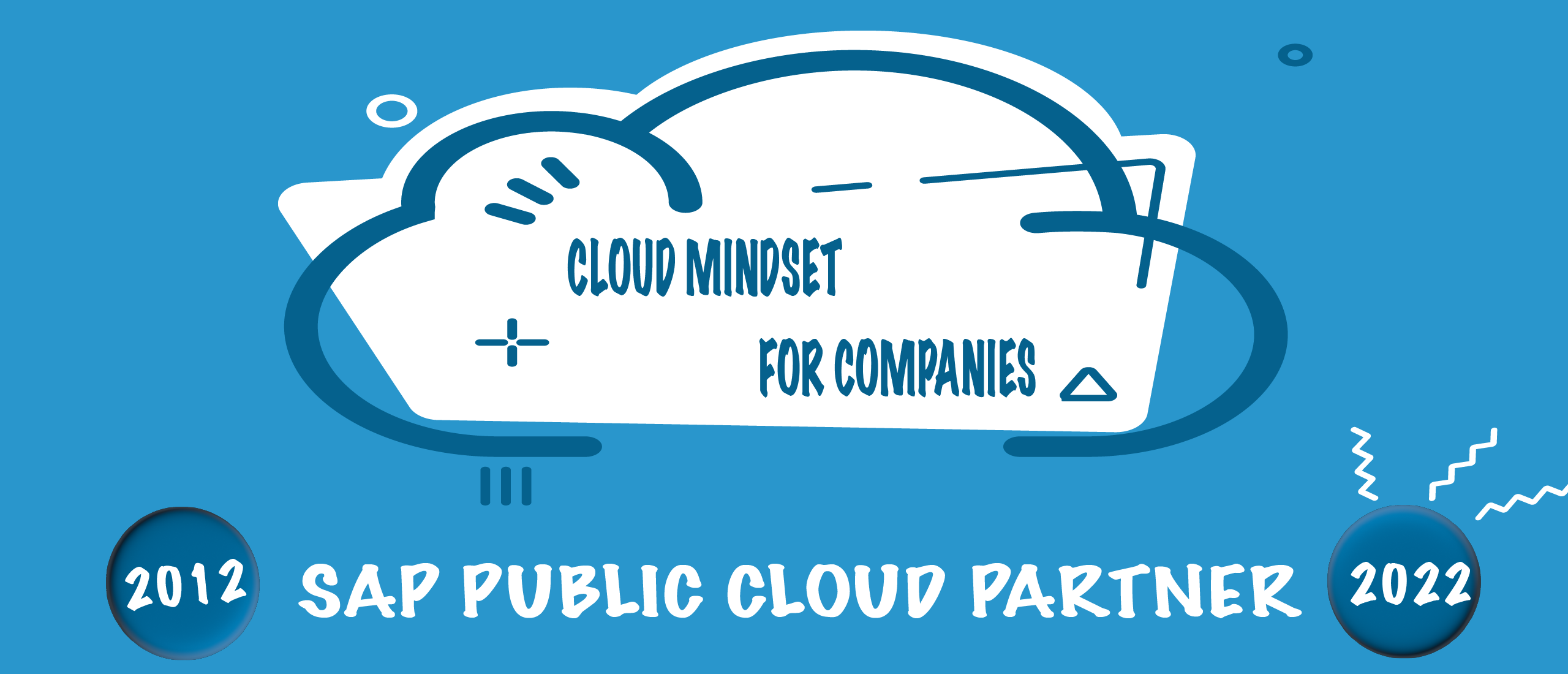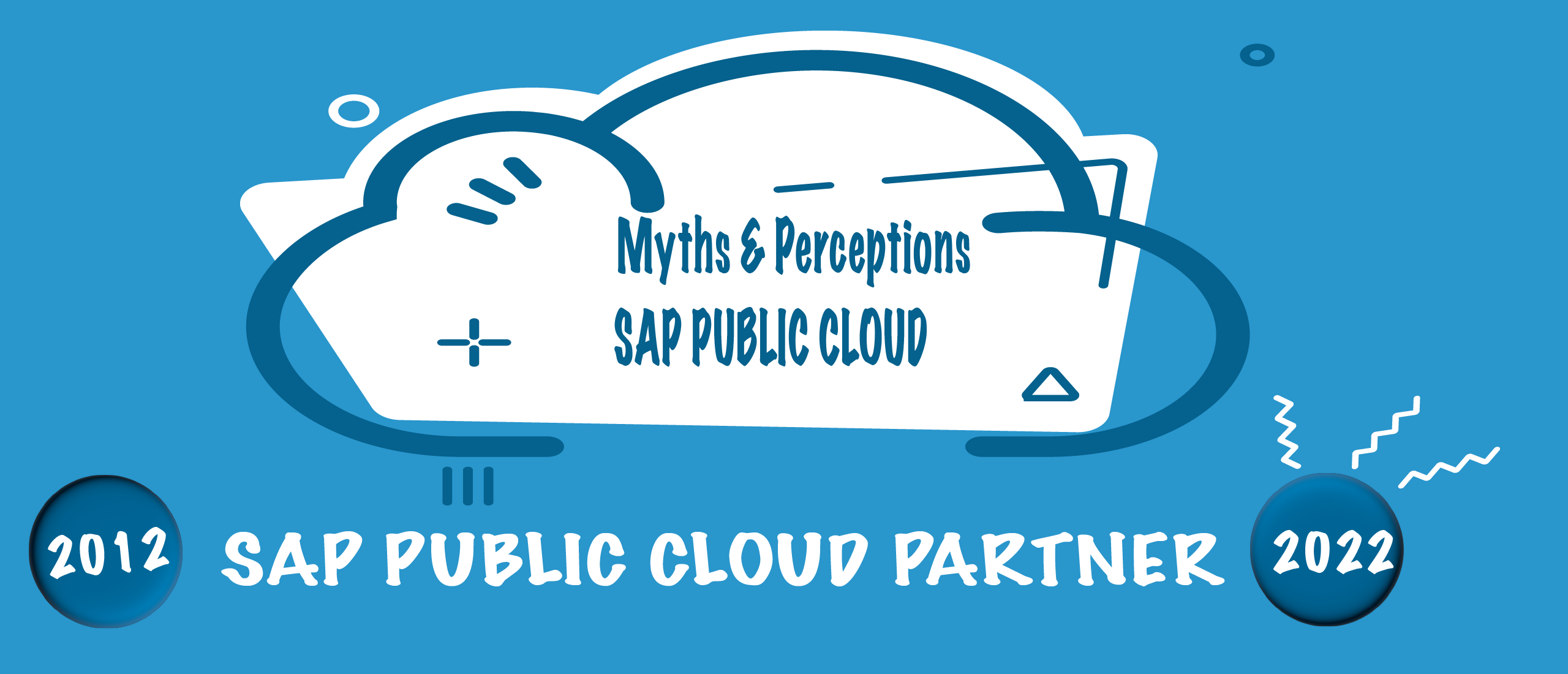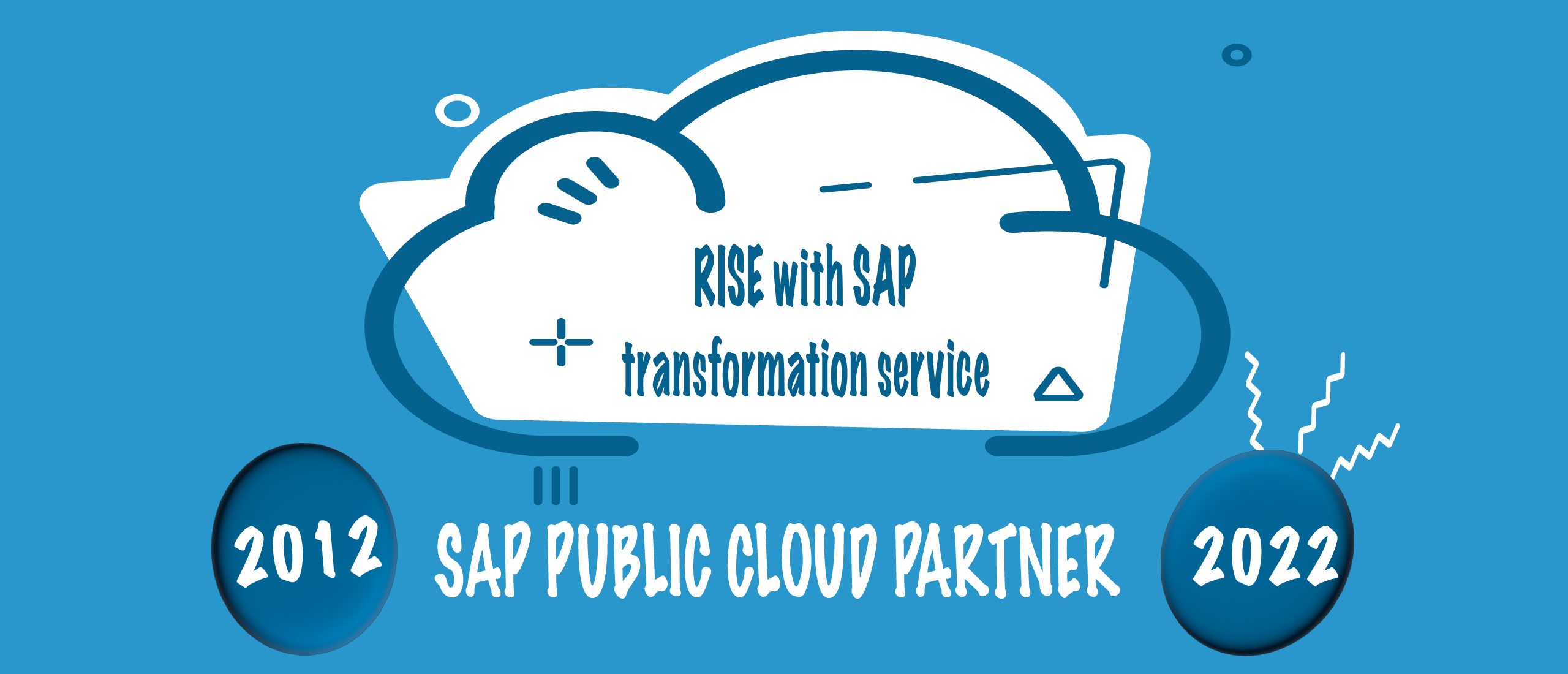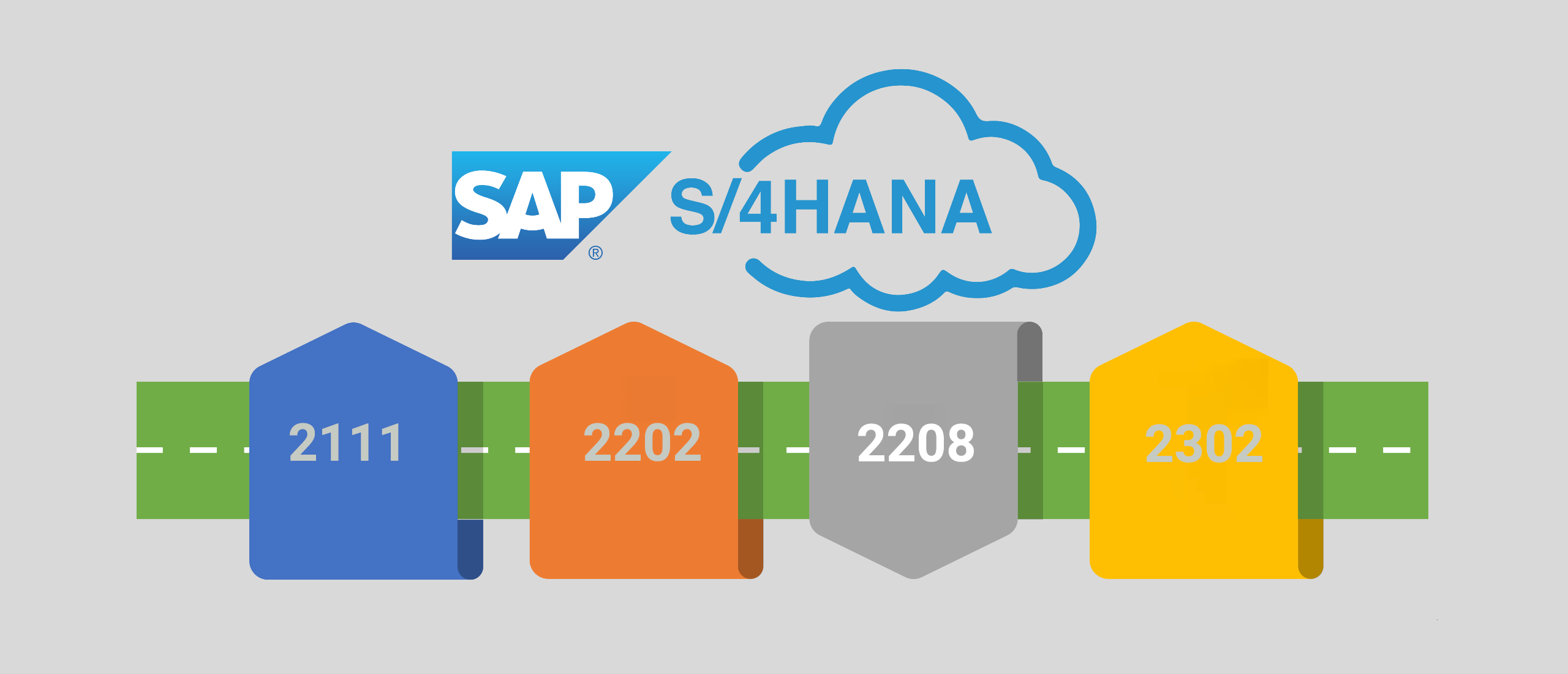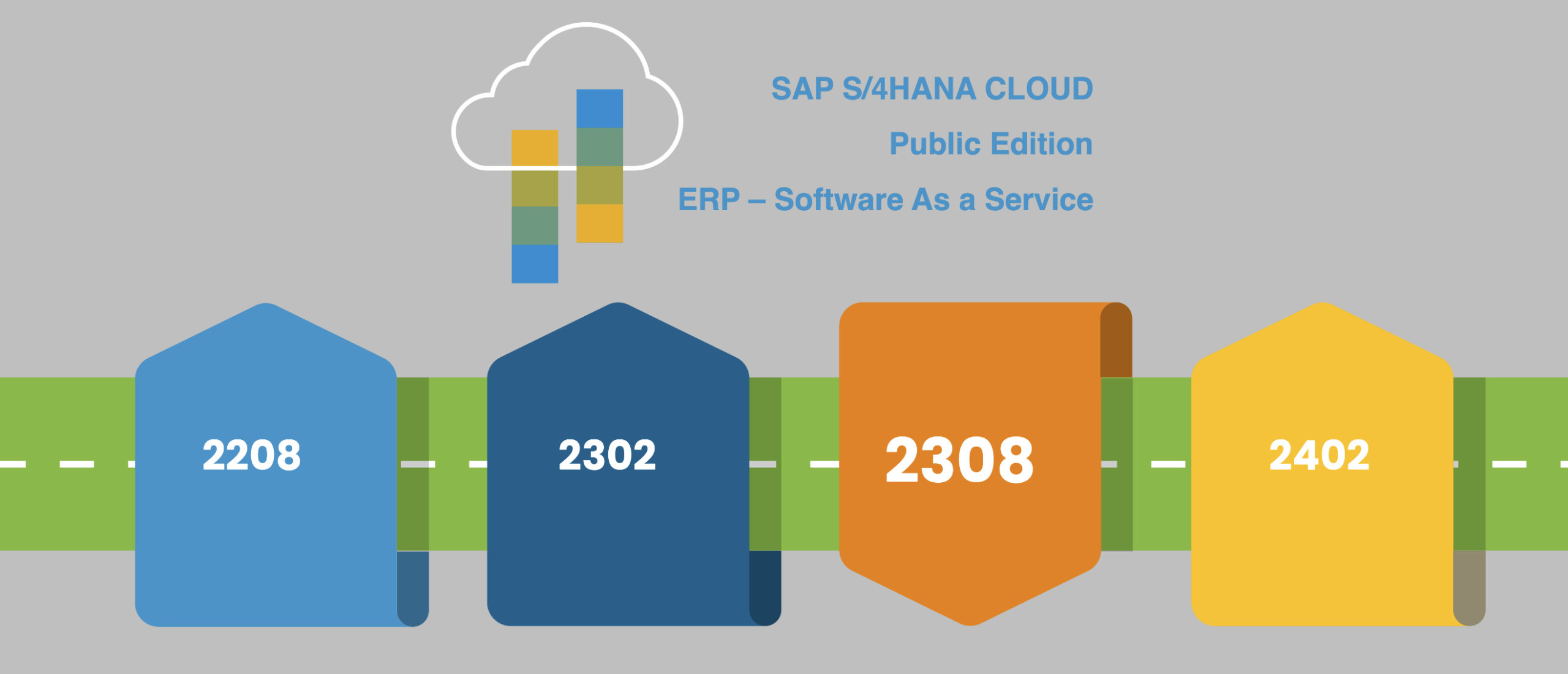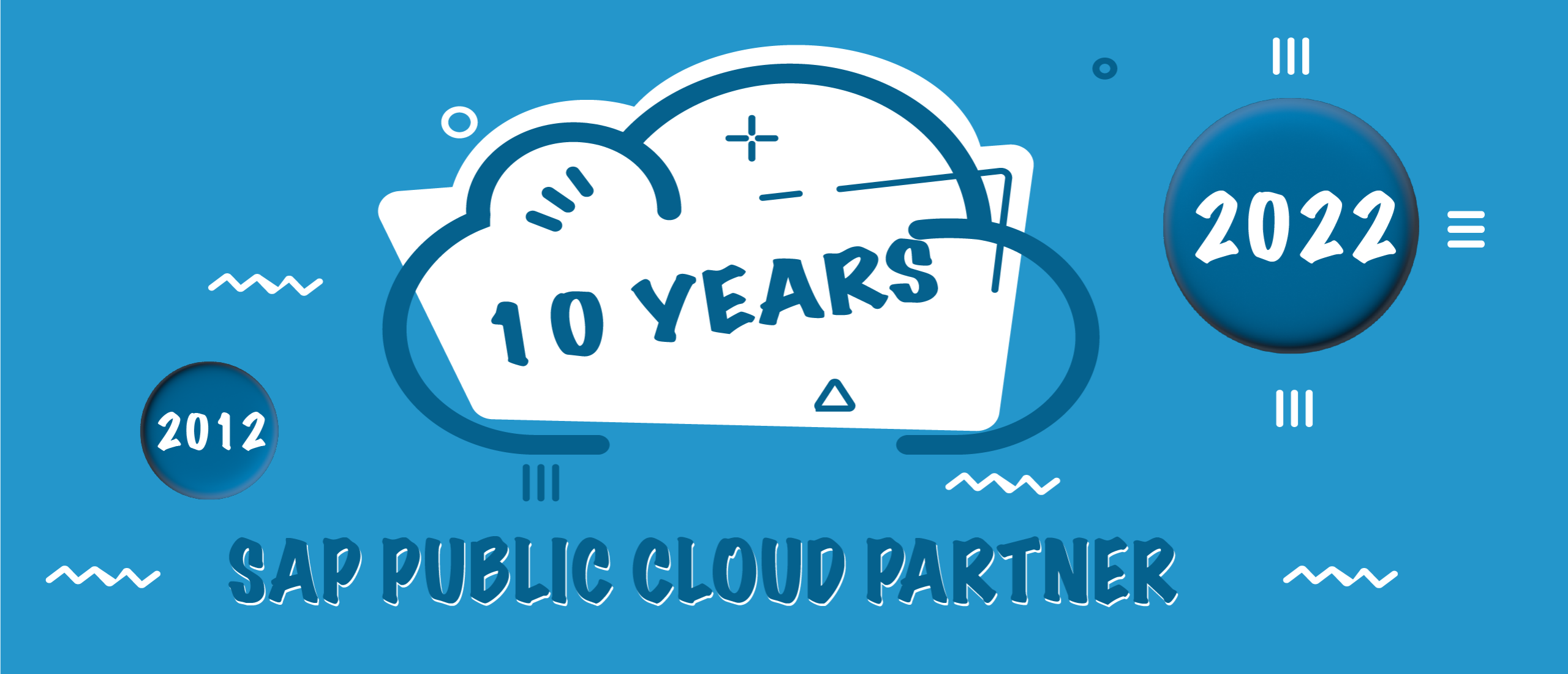
SAP Public Cloud : What is key for successful projects?
Discover the key factors to implement your SAP Public Cloud successful within your organization.
Scheer Netherlands has celebrated its first anniversary as an SAP Public Cloud ERP Partner for ten years.
In 2012, we started a new venture, fully focused on SAP Public Cloud. In 2022, we look back at our SAP Public Cloud journey of the past ten years by sharing a specific topic every month. In this fourth article, Stefan Bauer answers the question, "What is key for a successful SAP Public Cloud project?" Stefan is, since 2015, in the role of Marketing Manager within Scheer to position and explain SAP Public Cloud concepts to medium to large enterprises.
50 Years SAP ERP
SAP is celebrating 2022 its 50th anniversary of its ERP vendor. The initial release for the SAP S/4HANA Public Cloud was in 2017, followed by quarterly updates, including significant additional functionality. SAP S/4HANA Cloud (S4HC) has been available since 2017 - The most considerable advantage of S/4HANA Cloud is the inheritance of the entire experiences SAP made within the arena of Enterprise Resource Planning solutions.
Our successful SAP S/4HANA Cloud implementations
Our successes of SAP S/4HANA Cloud includes two different paths:
- Internal Scheer Group
- Customer Sites
Internal Scheer Group
We implemented SAP S/4HANA Cloud within Scheer during spring 2020 for the Dutch consulting services. Scheer Netherlands started in 2012 with SAP Business ByDesign. However, SAP S/4HANA Cloud was a beter fit for the entire Scheer Group. After the summer of 2020, we continued the implementation for Germany and other countries' business practices. This implementation was a perfect learning exercise to validate our approach and accelerator tools.
Customer Sites
Scheer Netherlands experienced various SAP S/4HANA Public Cloud implementations for companies looking for solutions to quickly support new business models and carve out particular businesses from SAP ECC into a dedicated SAP S/4HANA environment or a Two-Tier combination with integration with the existing SAP ECC environment.
The following aspects were leading in the decision to select the SAP S/4HANA Public Cloud solution:
- Available time to complete the ERP implementation and Go Live
- Cost of ownership
- Integration, localizations, and compliance aspects
4 Key elements to make SAP S/4HANA Public Cloud successful
From these internal and customer projects, 4 elements make SAP S/4HANA Cloud Implementations successful.
- Understand the Fit
- Align your Team
- Manage Change
- Be realistic
1) Understand the fit
The first important step is to determine the fit of the application for the required business support:
- What is the scope of the business that needs to be supported by SAP S/4HANA Cloud?
- Which part of the functionality do we need, where, and when?
- What are additional solutions necessary?
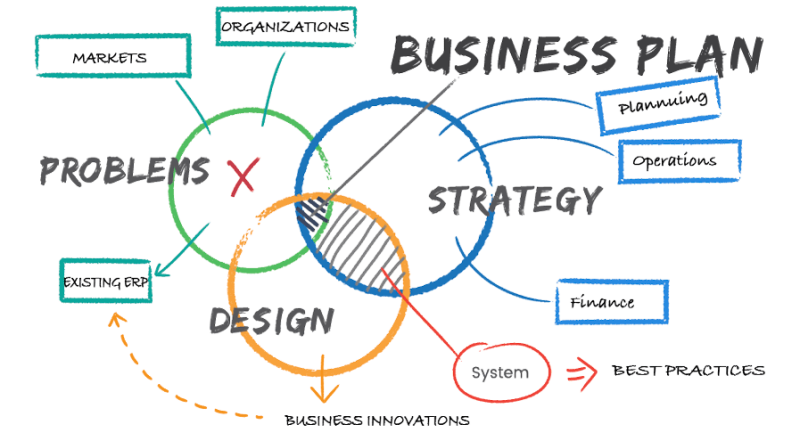
SAP S/4HANA Cloud is a growing application with an extensive, aggressive roadmap. As of 2022, there are two major releases each year, each with modifications, updates, new releases, and additional country and language support.
It is crucial to discover the fit and the non-fit. Inspect the expected roadmap, the integration- or extensibility solutions to address the non-fit areas. Crucial for success is to follow the path of standard industry best practices. Keep complexity out of the door and run your business with standards. It's our experience that business owners are not easy to persuade to leave existing paths and follow standards. Take the time to discover and get used to the re-aligned business flows.
2) Align your team
The second key to success is the alignment of your team related to the implementation of SAP S/4HANA Cloud. The alignment means that your management, business owners, key and end-users, and (corporate)IT must be aligned to this project and the implemented solution.
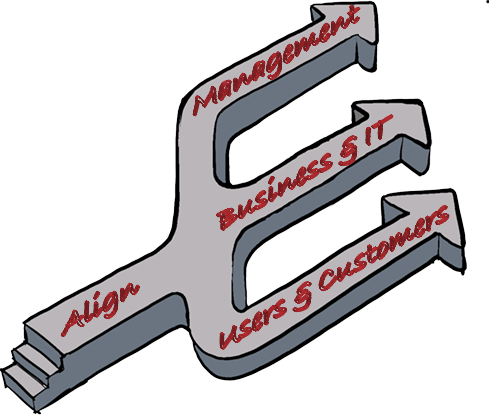
All these internal stakeholders need to know the following:
- What exactly does the future business process look like from start to finish?
- How are the new technologies enabled the business process and the impact on the staff, customers, and business partners?
- What are the plans for deficiencies in the solution?
3) Manage the change (read transformation)
The third key to success is managing the change and adopting SAP S/4HANA Cloud. SAP S/4HANA Cloud, with all its bells and whistles, can be very tempting, and it can be easy to go down a rabbit hole of technological possibilities and new features and improvements. For a successful implementation, it is crucial to focus on the end-to-end operations and the involved employees to ensure they are all aligned and fully aware with the defined flows, the integrations, and the usage of possible new technologies.

Manage the change during the implementation project
Using SAP Public Cloud means a different playing field in how solutions are prepared and implemented. Businesses can manage the solution without the dependency on your IT department. This change is applicable from the first day when the implementation project starts. By organizing sprints of a maximum of two weeks, the involved staff members configure the end-to-end processes. The outcome of such a sprint is a straightforward process flow plus documentation about decisions, working instructions, and the approach to deficiencies.
Manage the change after Go Live
After Go-Live, it is crucial to managing the change to support the business to resolve outstanding issues. In addition, there are periodic release updates, including updates and new features. In parallel, the organization requires changes in new users, new locations, and new market opportunities. Be prepared and be organized to handle the responses and questions from the field.
Be Realistic
The fourth key to success is to be realistic in terms of time, effort, and involvement. Implementing SAP S/4HANA Cloud can be done in weeks. However, an excellent smooth, flawless running process takes time to discover, configure, fine-tune, and understand.

It's our experience that an implementation of an SAP S/4HANA Cloud implementation for a straightforward process takes 12-16 weeks. The operations, finance and control, customers and suppliers need a similar time after the initial Go Live to get acquainted with the application to be fully in control.
Let the application run is not that difficult, but letting the application fully manage your business is the end goal. To make th application really manage your business, you need to be open you you need to assign resources and budgets for additional optimizations and fine-tuning activities.
10 Years SAP Public Cloud Blog Articles
